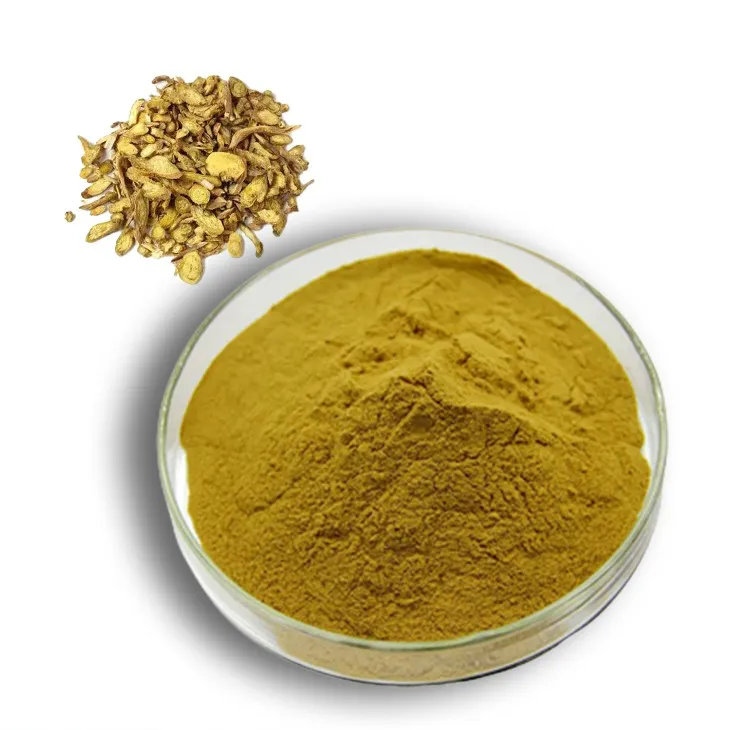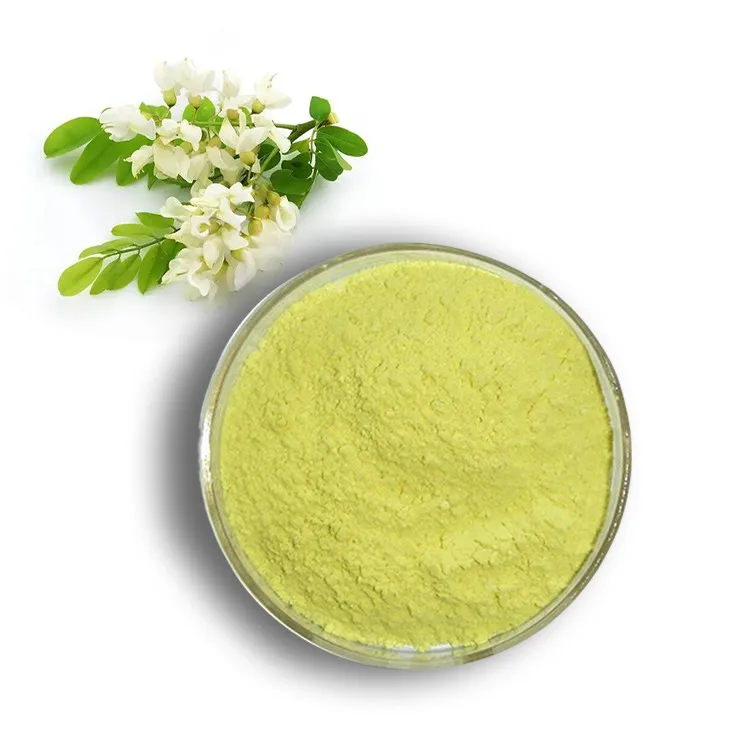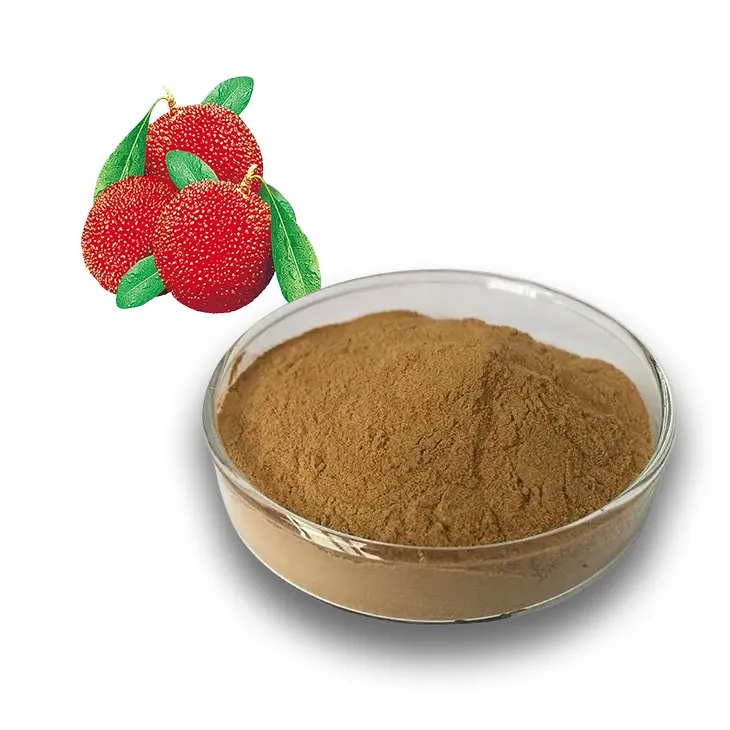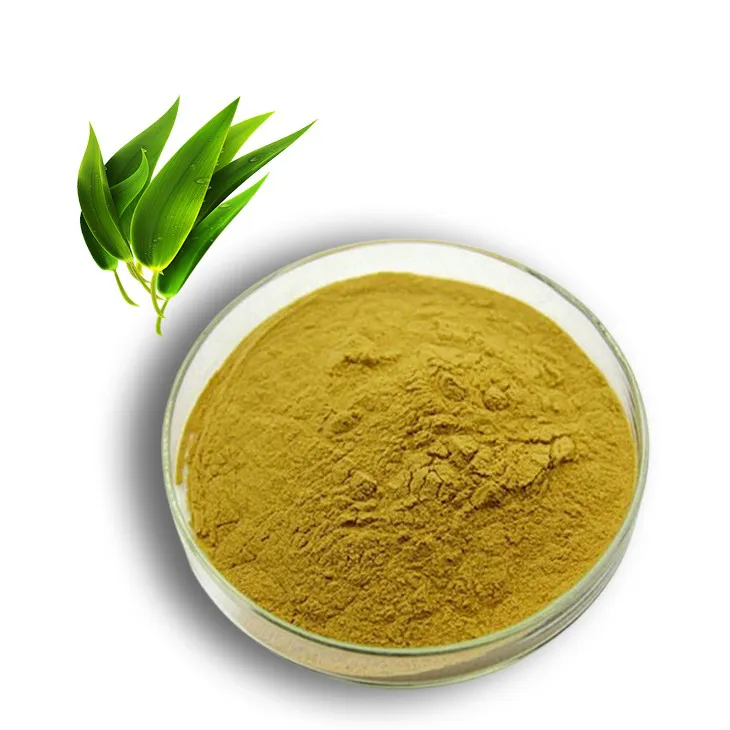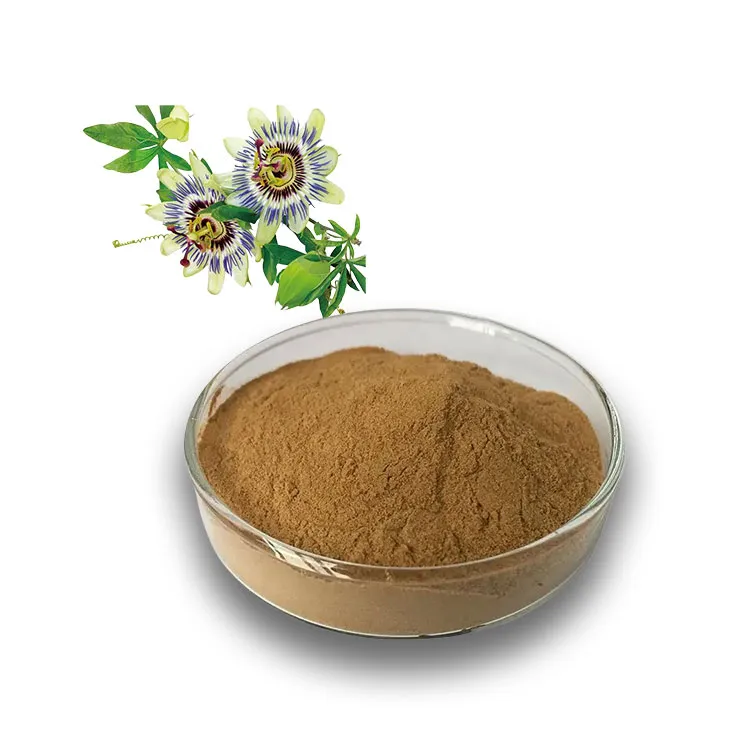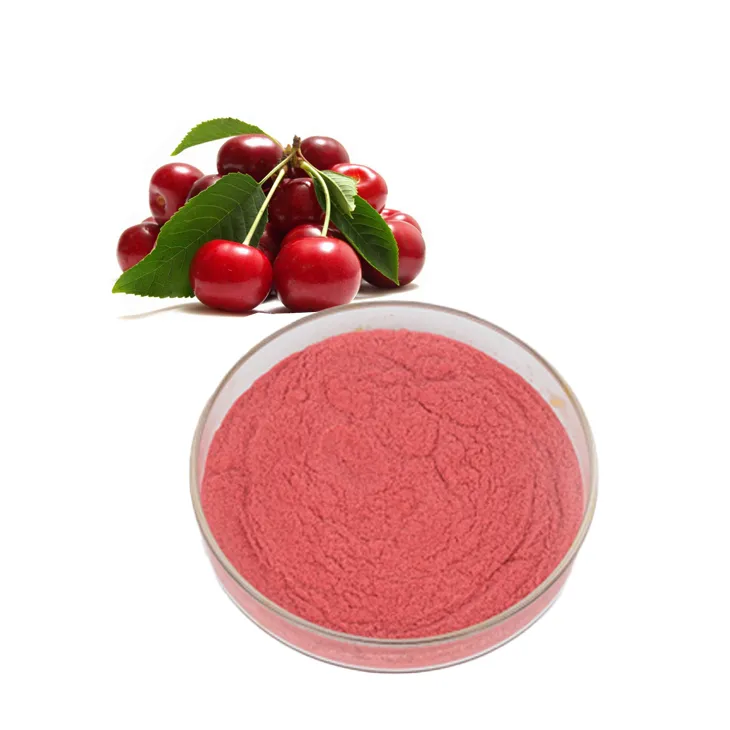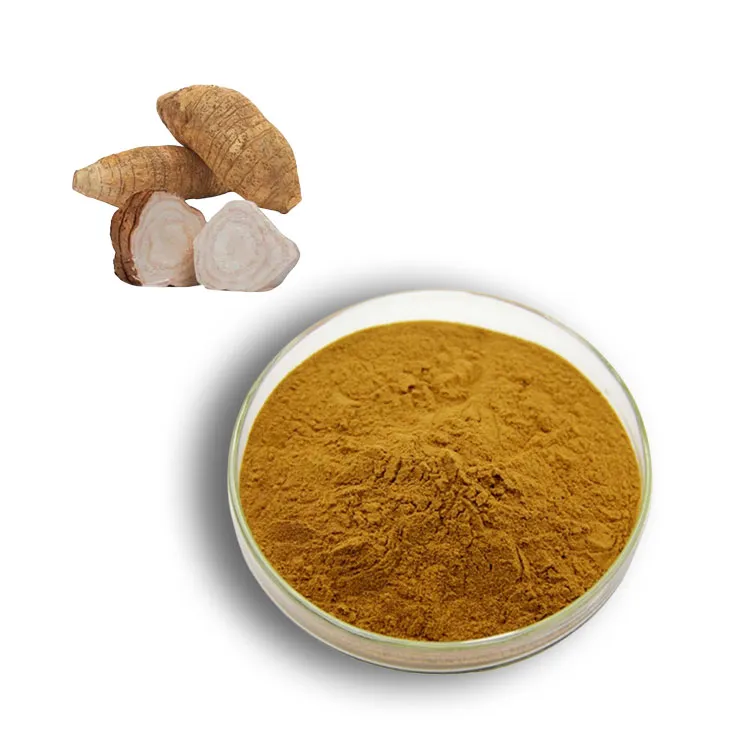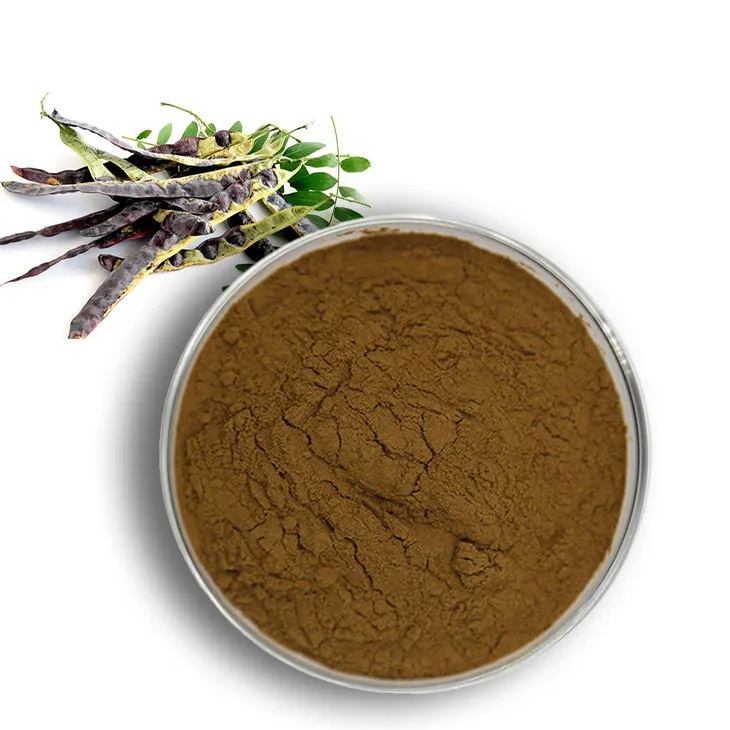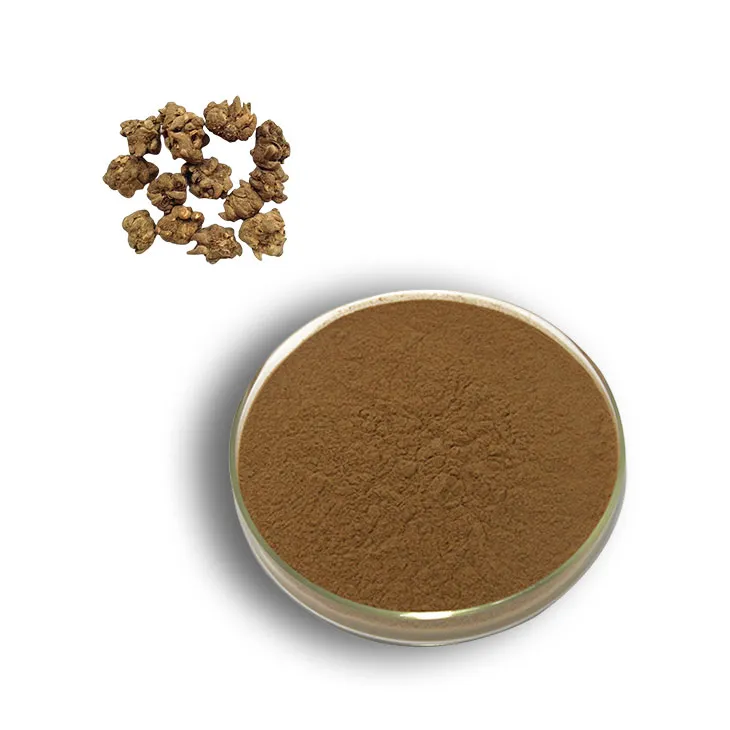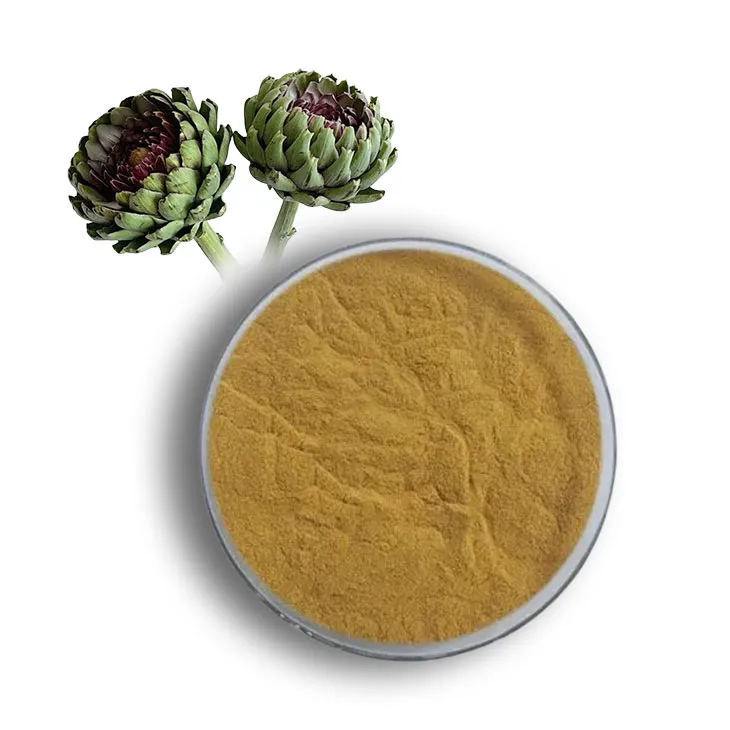- 0086-571-85302990
- sales@greenskybio.com
Complete Guide to the Grinding Process of Aged Garlic Extract: Step - by - Step Key Points
2024-12-10
1. Introduction
Aged garlic extract has gained significant popularity in recent years, especially in the food and pharmaceutical industries. It is known for its various health benefits, including antioxidant, anti - inflammatory, and immune - enhancing properties. The grinding process is a crucial step in the production of aged garlic extract. This guide will provide a comprehensive understanding of the step - by - step key points involved in this process.
2. Raw Material Preparation
2.1 Selection of Garlic
Quality is of utmost importance when selecting garlic for aged garlic extract production. Only fresh, high - quality garlic bulbs should be used. Look for bulbs that are firm, with no signs of mold or rot. The variety of garlic can also impact the final product. For example, some varieties may have a stronger flavor or higher nutrient content.
2.2 Cleaning
Once the garlic bulbs are selected, they need to be thoroughly cleaned. Remove any dirt, debris, or outer layers of the bulb. This can be done by gently brushing the bulbs or rinsing them with clean water. However, excessive water should be avoided as it can introduce moisture that may lead to spoilage during the aging process.
2.3 Peeling
After cleaning, the next step is peeling the garlic cloves. This can be a time - consuming process, but it is necessary to ensure a pure extract. Manual peeling is often preferred to maintain the integrity of the cloves, although there are also mechanical peeling methods available. When peeling, make sure to remove all the outer skins completely.
3. Aging Process
3.1 Fermentation Conditions
The aging of garlic involves a fermentation process. The garlic cloves are placed in a controlled environment with specific temperature, humidity, and oxygen levels. Typically, a temperature range of 15 - 20°C and a relative humidity of around 60 - 70% are favorable for the fermentation process. Limited oxygen supply can also affect the chemical composition of the garlic during aging.
3.2 Duration
The duration of the aging process can vary depending on the desired characteristics of the final extract. Generally, aged garlic is fermented for at least 6 - 12 months. Longer aging periods may result in a more complex flavor profile and potentially higher levels of beneficial compounds.
4. Grinding Equipment Selection
4.1 Types of Grinders
There are several types of grinders that can be used for aged garlic extract production. Blade grinders are common and relatively inexpensive. They work by using sharp blades to chop the garlic into small pieces. However, they may not produce a very fine grind. Stone grinders, on the other hand, can provide a finer grind and are often used for more traditional or artisanal production. Another option is high - speed rotary grinders, which are capable of quickly grinding large quantities of garlic.
4.2 Considerations for Selection
When selecting a grinder, several factors need to be considered. The volume of production is an important factor. If large - scale production is planned, a high - capacity grinder would be more suitable. The desired fineness of the grind also plays a role. For a smooth and consistent extract, a grinder that can produce a fine grind is preferred. Additionally, ease of cleaning and maintenance should not be overlooked, as proper hygiene is essential in the food and pharmaceutical industries.
5. Grinding Process
5.1 Pre - Grinding Preparation
Before grinding, the aged garlic should be inspected to ensure that it has aged properly. Any cloves that show signs of spoilage or abnormal fermentation should be removed. The garlic should also be dried slightly if it has excessive moisture. This can be done by placing it in a well - ventilated area for a short period.
5.2 Grinding Procedure
- Place the aged garlic cloves into the grinder. Make sure not to overload the grinder, as this can affect the grinding efficiency and the quality of the final product.
- Start the grinder at a low speed and gradually increase the speed if necessary. This helps to prevent overheating and ensures a more even grind.
- Continuously monitor the grinding process. Check for any signs of clogging or uneven grinding. If clogging occurs, stop the grinder immediately and clear the blockage.
- Grind the garlic until the desired fineness is achieved. This may require some experimentation depending on the type of grinder and the intended use of the extract.
5.3 Post - Grinding Handling
After grinding, the garlic extract should be handled carefully. It is often in a semi - liquid or paste - like form. Transfer it to a clean, airtight container as soon as possible to prevent oxidation and contamination. Label the container with the date of grinding, batch number, and any other relevant information.
6. Quality Control
6.1 Physical Properties
- The fineness of the grind should be consistent throughout the batch. This can be checked by using a sieve or microscope.
- The texture of the extract should be smooth, without any large lumps or gritty particles.
6.2 Chemical Analysis
- Conduct chemical analysis to determine the content of key compounds such as allicin, antioxidants, and sulfur - containing compounds. This can be done using techniques such as high - performance liquid chromatography (HPLC).
- Ensure that the chemical composition meets the required standards for food or pharmaceutical use.
6.3 Microbiological Testing
- Perform microbiological testing to check for the presence of harmful bacteria, fungi, or other microorganisms. This is crucial for products intended for human consumption.
- The acceptable limits for microbial contamination should be based on industry - specific regulations.
7. Storage and Shelf - Life
7.1 Storage Conditions
The ground aged garlic extract should be stored in a cool, dry place. A temperature range of 4 - 10°C is ideal for maintaining its quality. It should also be protected from light, as exposure to light can cause degradation of some of the beneficial compounds. Additionally, the storage area should be free from pests and contaminants.
7.2 Shelf - Life
The shelf - life of aged garlic extract can vary depending on the storage conditions and the quality of the initial raw materials. Under optimal storage conditions, it can typically last for 1 - 2 years. However, regular quality control checks should be carried out during storage to ensure its safety and effectiveness.
8. Conclusion
The grinding process of aged garlic extract is a multi - step process that requires careful attention to detail. From the selection of raw materials to the final quality control and storage, each step plays a crucial role in producing a high - quality extract. By following the step - by - step key points outlined in this guide, manufacturers in the food and pharmaceutical industries can optimize their production processes and ensure the production of safe and effective aged garlic extract products.
FAQ:
What are the first steps in preparing raw materials for aged garlic extract grinding?
The first step in preparing raw materials for aged garlic extract grinding is to select high - quality garlic. It should be free from mold, damage, and pests. Then, the garlic cloves need to be carefully separated and cleaned thoroughly to remove any dirt or debris. After that, proper drying might be required to reduce moisture content, which can affect the quality of the extract during the grinding process.
How important is the drying stage before grinding aged garlic?
The drying stage before grinding aged garlic is very important. If the garlic has too much moisture, it can lead to issues during grinding such as clogging of the grinding equipment. Moreover, excessive moisture can also promote the growth of microorganisms during the extraction process, which may contaminate the final product. Proper drying helps to maintain the integrity of the garlic components and ensures a more efficient grinding process.
What type of grinding equipment is best suited for aged garlic extract?
There are several types of grinding equipment that can be used for aged garlic extract. A high - quality blender or food processor can be suitable for home - scale or small - batch production. For larger - scale production in the food or pharmaceutical industries, specialized industrial - grade grinders are often preferred. These industrial grinders are designed to handle larger quantities of garlic and can provide a more consistent grind size. They also have features to control temperature during grinding, which is important as excessive heat can degrade the active components in the garlic.
How can one ensure the quality of the aged garlic extract during the grinding process?
To ensure the quality of the aged garlic extract during the grinding process, several factors need to be considered. Firstly, maintaining proper temperature control is crucial. As mentioned earlier, excessive heat can damage the beneficial compounds in the garlic. Secondly, the grind size should be consistent. This can be achieved by using appropriate grinding equipment and adjusting the settings correctly. Thirdly, strict hygiene measures should be followed to prevent contamination. Regular cleaning and sanitizing of the grinding equipment and the work area are essential.
What are the final steps after grinding aged garlic for extract production?
After grinding aged garlic for extract production, the next step usually involves filtration. This helps to remove any solid particles or debris from the ground garlic. Then, the filtered extract may be further processed through techniques such as centrifugation to separate different components if required. Finally, proper packaging and storage are important to preserve the quality of the aged garlic extract. It should be stored in a cool, dry place away from direct sunlight.
Related literature
- Optimizing the Extraction of Bioactive Compounds from Aged Garlic"
- "Aged Garlic Extract: Production, Properties and Applications"
- "The Role of Grinding in Aged Garlic Extract Quality"
- ▶ Hesperidin
- ▶ Citrus Bioflavonoids
- ▶ Plant Extract
- ▶ lycopene
- ▶ Diosmin
- ▶ Grape seed extract
- ▶ Sea buckthorn Juice Powder
- ▶ Fruit Juice Powder
- ▶ Hops Extract
- ▶ Artichoke Extract
- ▶ Mushroom extract
- ▶ Astaxanthin
- ▶ Green Tea Extract
- ▶ Curcumin
- ▶ Horse Chestnut Extract
- ▶ Other Product
- ▶ Boswellia Serrata Extract
- ▶ Resveratrol
- ▶ Marigold Extract
- ▶ Grape Leaf Extract
- ▶ New Product
- ▶ Aminolevulinic acid
- ▶ Cranberry Extract
- ▶ Red Yeast Rice
- ▶ Red Wine Extract
-
Baicalin
2024-12-10
-
Troxerutin
2024-12-10
-
Bayberry Extract
2024-12-10
-
Bamboo Leaf extract
2024-12-10
-
Passionflower Extract
2024-12-10
-
Acerola Extract
2024-12-10
-
Pueraria Lobata Extract
2024-12-10
-
Saponin Extract
2024-12-10
-
Cat Claw Extract
2024-12-10
-
Artichoke Leaf Extract
2024-12-10











